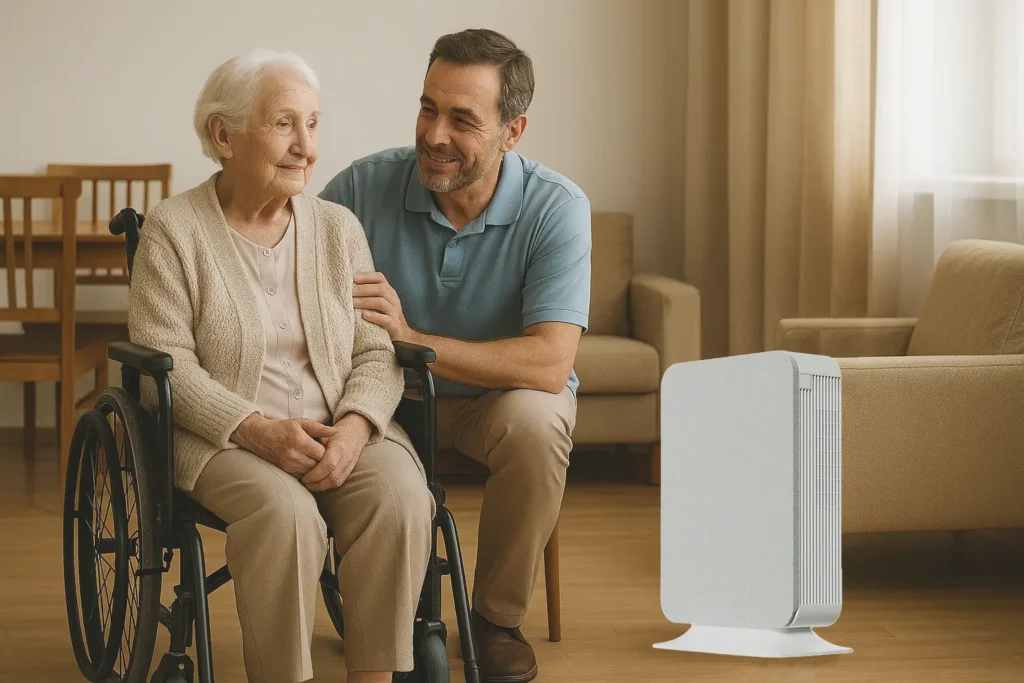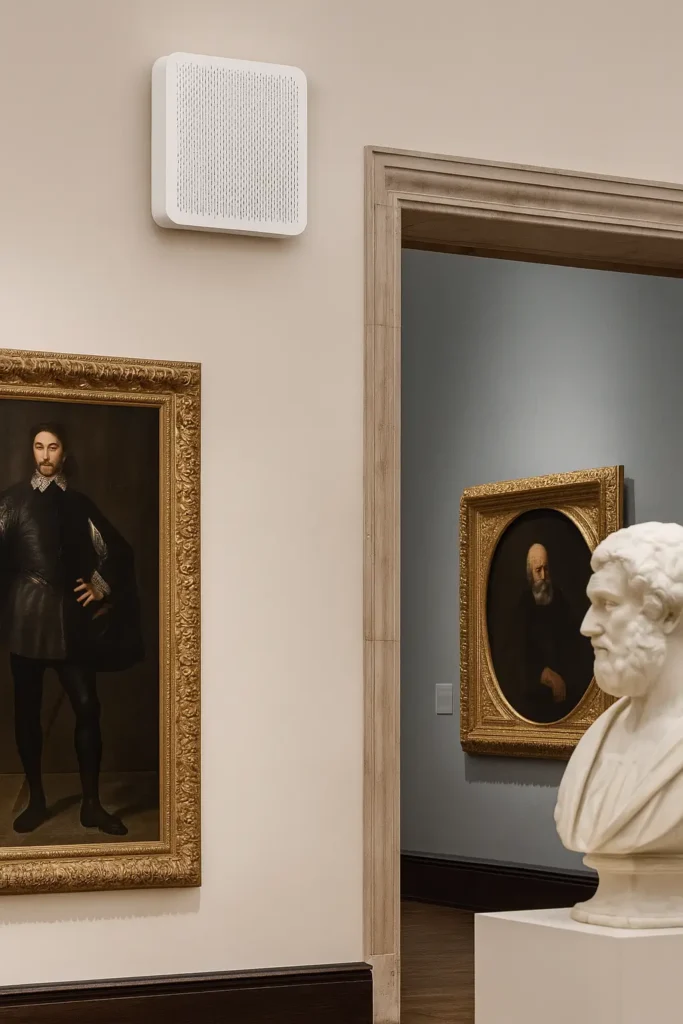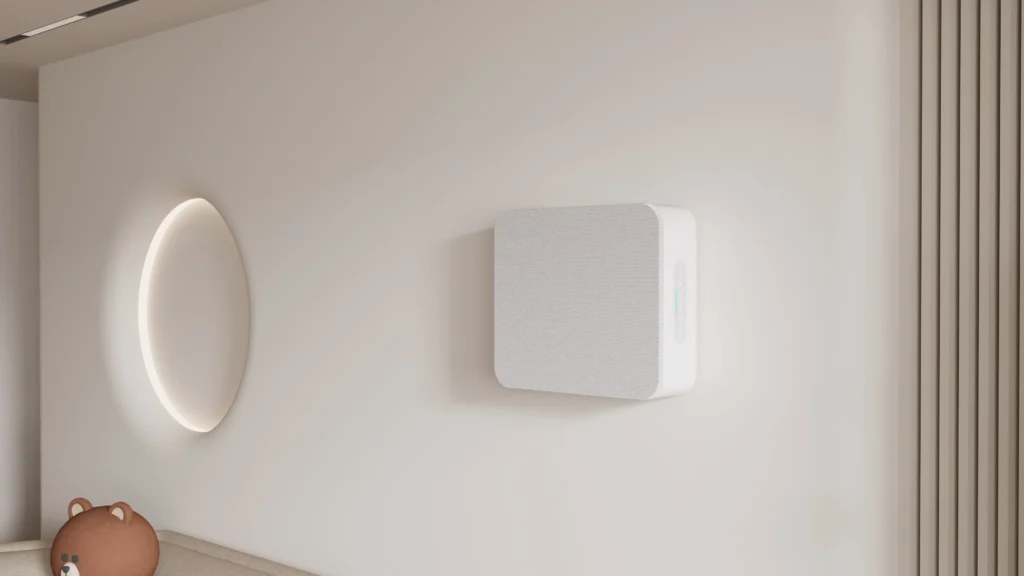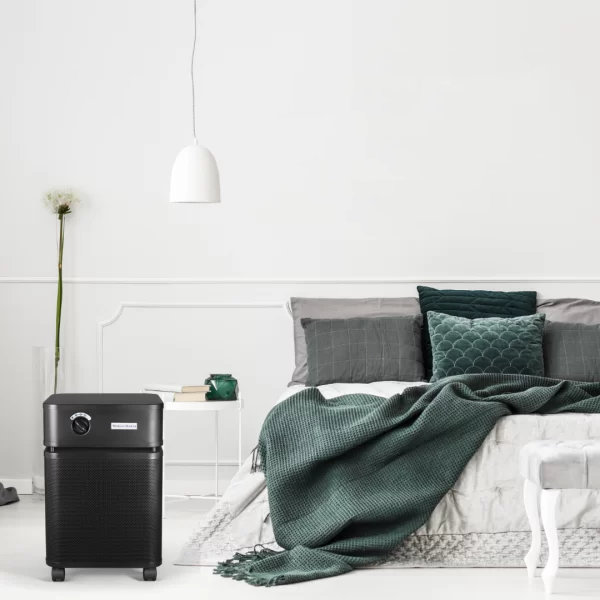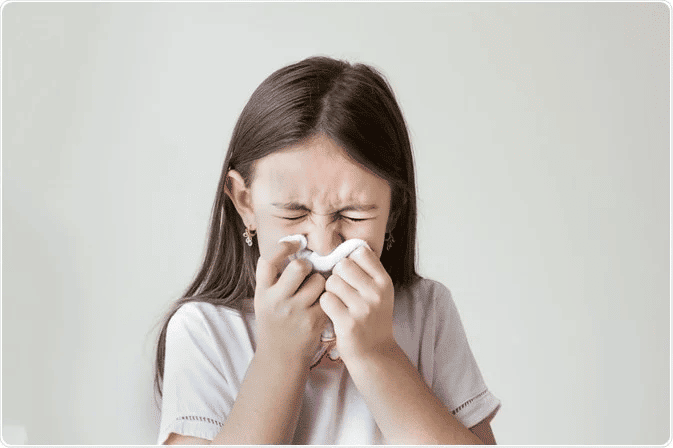
Image Source: News Medical
Every spring comes with a massive sneeze attack accompanied with watery eyes, runny nose, and constant scratching. For most people, these sneezing attacks are the signs of hay fever or seasonal allergies.
The annual spring allergies happen because of too much pollen in the air. According to AAFA there are about 100 million people in the United States and Canada alone suffering from some sort of allergic reactions to airborne allergens.
allergy statistics by states you can rely on
If you're like most people, you probably don't think about the health and well-being of other states as often as you should. Unfortunately, many states face severe public health issues that could affect everyone in the country. Whether you're a sufferer of allergies or know someone who is, it's important to know where the worst states are to live.
Worst states for allergies 2020
Allergy statistics by the state show that nearly half of all Americans have allergies or asthma. The Centers for Disease Control and Prevention (CDC) estimates that more than 50 million Americans have allergic rhinitis (hay fever), an allergy to pollen, mold, dust mites, and pet dander.
Worst states for allergies
Some states are more accessible to live in than others if you suffer from allergies. Often we think of pollen and allergy sufferers as those who live in rural areas, but this is not always the case.
Allergies are becoming a problem increasingly throughout the country, with a tendency to be worse in some parts than others. If you suffer from allergies, your immune system reacts abnormally to harmless foreign substances such as pollen and pet dander. Here are the worst states for allergies.
Allergies can affect your quality of life, even if you don't live in a state known for its allergy-friendly climate. But some states are better than others when it comes to helping allergy sufferers. The top 10 locations where seasonal allergies will be most difficult to manage in 2020 according to AAFA are:
- Scranton, Pennsylvania
- Wichita, Kansas
- McAllen, Texas
- Richmond, Virginia
- San Antonio, Texas
- Oklahoma City, Oklahoma
- Hartford, Connecticut
- Buffalo, New York
- New Haven, Connecticut
- Albany, New York
Worst states for allergies 2022
This is a list of the worst states for allergies 2021 according to everlywell. This list was created by looking at which states had the highest average pollen counts and pollen allergy symptom scores. If you're allergic to pollen, dust mites, mold or pet dander, the best place to be is a state with a low concentration of those things.
- Scranton, PA
- Richmond, VA
- Wichita, KS
- McAllen, TX
- Pittsburgh, PA
- Hartford, CT
- Springfield, MA
- New Haven, CT
- Oklahoma City, OK
- Bridgeport, CT
Worst states for allergies 2022
Some people suffer from multiple allergies while others will have only one type of allergy or none at all. Allergies can be inherited but may also be caused by environmental factors like pollution or exposure to chemicals. According to the AAFA, the following cities are the best for allergy sufferers to call home in 2022:
- Seattle, WA
- Durham, NC
- San Francisco, CA
- San Jose, CA
- Portland, OR
- Sacramento, CA
- Denver, CO
- Provo, UT
- Phoenix, AZ
- Fresno, CA
Top 10 worst states for allergies : overview
Moving is stressful for everyone, but it can be especially tough if you have allergies. After all, you're leaving behind your favorite house plants and a home that has been carefully cleaned to avoid dust. Dust mites, mold, and pet dander are the main culprits for allergy sufferers.
There's a lot to consider when choosing where to live, and allergies can be a significant factor. The worst states for allergies are those with a high concentration of allergens, such as pollen in the air. If you're prone to sneezing or sniffling, you may want to steer clear of certain states.
Pollen allergy symptoms
Allergy symptoms can vary from person to person and you should find ways to get rid of the seasonal allergies. Symptoms can range from sneezing and runny nose to itchy eyes and hives. The most common symptom is nasal congestion or congestion in the throat area. Other common symptoms include:
- fever
- sore throat
- rash
- itching
- cough
- headache
- fatigue
- itchy eyes
- swollen eyes
- irritation
Common Allergen Types and Caus
Understanding common allergens can help you recognize the symptoms as well as know what precautions to take to prevent allergies from causing a reaction when you least want it.
Types:
- Ragweed allergy
- Grass allergy
- Spring allergies
- Fall allergies
- Summer allergies
- Birch pollen allergy
- Dog allergy
- Mold allergy
- Dust allergy
Causes:
- Tree pollen
- Regweed pollen
- Grass pollen
- Weed pollen
Why is the pollen count so high 2022
Pollen counts are usually highest in the spring and fall, but they're also high in the winter this year. That's because it was unusually warm in January, which allowed trees to start producing pollen early.
According to a new report by the Asthma and Allergy Foundation of America (AAFA), the spring 2022 allergy season will be worse than last year's. The organization says that this is because it has been unusually dry recently, meaning there is less pollen floating around in the air than usual. This lack of pollen leads to more severe allergic reactions among people who suffer from allergies.
Worst cities in the united states for allergies
Allergies are becoming more and more common in the United States. Use this list of the worst worst states to live in for allergies to help you figure out which city is right for you.
Worst states for fall allergies
Fall allergies are caused by the same things that cause hay fever: pollen and mold. During the fall, more ragweed species bloom than at other times of the year. Ragweed is one of the most common causes of allergy symptoms in North America, especially among people who live in rural areas.
However, the pollen that most affects you will depend on where you live. Pollen counts are usually highest in mid-to-late August to early November. Pollen levels begin to drop off as summer approaches but rise again in late summer and early fall. As temperatures cool down in autumn and winter, grasses and weeds release pollen that can trigger seasonal allergy symptoms such as itchy eyes, runny nose, and sneezing.
Allergic rhinitis (AR) is a condition affecting more than 50 million Americans each year. It is estimated that approximately 10–30% of adults have symptoms of AR during their lifetime, with about 5% having symptoms at any one time. Here are the top 10 cities for fall allergies:
- Jackson, MS
- Memphis, TN
- McAllen, TX
- Louisville, KY
- Syracuse, NY
- Oklahoma City, OK
- Buffalo, NY
- Dayton, OH
- Toledo, OH
- Knoxville, TN
Worst states for grass allergies
Grass allergies are the most common type of seasonal allergy. Grass pollen is produced by grasses like Kentucky bluegrass, perennial ryegrass and Bermuda grass. The most common symptoms of grass allergies are sneezing, nasal congestion, runny nose and itchy eyes.
Sometimes these symptoms can be severe enough to cause an asthma attack in people with extreme allergies. The good news is that the grass allergy season is short. Although grass pollen can cause problems in many parts of the country, grass allergies are more common in certain seasons or months.
The most common months for grass pollen allergy are from late April through early October, but this can vary from region to region. Some areas have longer or shorter seasons depending on local weather conditions and other factors such as rainfall levels and temperature variations. Here are the top 10 cities for grass allergies:
- Lancaster, PA
- Hartford-East Hartford-Middletown, CT
- Albany-Schenectady-Troy, NY
- Allentown-Bethlehem-Easton, PA-NJ
- Buffalo-Cheektowaga, NY
- Santa Rosa-Petaluma, CA
- Philadelphia-Camden-Wilmington, PA-NJ-DE-MD
- Syracuse, NY
- New Haven-Milford, CT
- Wichita, KS
Worst states for mold allergies
In most cases, mold allergies are seasonal and occur when temperatures are high or when humidity levels are high. If you live in a warm climate, then you may want to think about treating your home in the spring or fall when temperatures start going up. The most common time of year for mold allergies is spring and summer.
That's when the weather warms up, humidity increases and there are more rainstorms. But mold can be present all year long. You may not see it or smell it, but it's still there. And people with mold allergies will start to notice symptoms as soon as their immune systems react to the mold spores in the air around them.
Some types of mold can trigger a reaction even if you don't have an allergy to molds in general. Those with allergies may experience symptoms anywhere from minutes to hours after exposure to certain types of molds and sometimes even longer. Here are the top 10 cities for mold allergies:
- Texas
- Florida
- Oklahoma
- South Carolina
- Nevada
- Arizona
- California
- South Dakota
- Tennessee
- Kansas
Worst states for ragweed allergies
Ragweed is a perennial weed that grows in the summer months. It has large, feathery flower heads that release pollen into the air. Ragweed pollen is released into the air when the flowers bloom and fall off the plant. The pollen travels on air currents until it lands on another plant or surface, where it can germinate and produce more ragweed plants.
The pollen from ragweed can cause allergic rhinitis (hay fever), asthma, sinusitis, and other respiratory symptoms. People with these conditions may be more likely to have severe symptoms if exposed to high levels of ragweed pollen during outdoor activities or at work or school.
The timing of ragweed allergy season varies from year to year and depends on spring temperatures and rainfall. The pollen count begins to rise in late spring or early summer and peaks between mid-August and mid-September. Here are the top 10 cities for ragweed allergies:
- Scranton, Pennsylvania
- Wichita, Kansas
- McAllen, Texas
- Richmond, Virginia
- San Antonio, Texas
- Oklahoma City, Oklahoma
- Hartford, Connecticut
- Buffalo, New York
- New Haven, Connecticut
- Albany, New York
Best places to live for allergy and sinus sufferers in 2022
Allergies are prevalent and can be caused by many things, including pollen, dust mites, mold spores, pet dander, cockroaches, and even food. Allergies usually cause sneezing, runny nose, itchy throat, and watery eyes. Also, allergic asthma is a common allergy-related problem associated with wheezing, shortness of breath, and chest tightness.
Sinus infections and allergies can cause severe discomfort and even impede your ability to perform day-to-day tasks. The best way to avoid these problems is by choosing an area that offers low pollen counts and limited allergy triggers. Finding the best places to live for allergy and sinus sufferers is essential in alleviating your symptoms or preventing them from occurring.
If you have allergies or asthma, finding a place to live that doesn't exacerbate your symptoms can be very difficult. The good news is that there are many cities where your allergies will be less severe than others. The following states in the US are the best for allergy sufferers to live:
- Denver. CO
- Provo, UT
- Boise, ID
- Portland, OR
- Colorado Springs, CO
- Seattle, WA
- Salt Lake City, UT
- Raleigh, NC
- Spokane, WA
- San Jose, CA
- San Diego, CA
- San Francisco, CA
- Sarasota, FL
- Daytona Beach, FL
- Sacramento, CA
- Palm Bay, FL
- Washington, DC
- Boston, MA
- Milwaukee, WI
- Bakersfield, CA
Best vacation spots for allergy sufferers in 2022
When you’re an allergy sufferer, vacation can be a little bit of a nightmare. Not only do you have to worry about finding accommodations that are pet-free or smoke-free, but you also have to find out which places are going to have some decent food options that won’t make your allergies kick in and ruin your trip.
If you're allergic to mold, avoid places with damp conditions and high humidity. And if you're highly sensitive to dust mites, avoid wooded areas, particularly those with dry leaves on the ground. Allergies can also be triggered by weather conditions such as wind speed, temperature and precipitation.
If these factors are important to your enjoyment of a vacation destination, check them out before you book your trip. Luckily, there are plenty of places where you can go on vacation that offer the best in accommodation and dining for allergy sufferers.
- Portland, Oregon
- Boise, Idaho
- San Jose, California
- Seattle
- Sarasota, Florida
- Daytona Beach, Florida
- Spokane, Washington
- Colorado Springs, Colorado
- Melbourne, Florida
- Salt Lake City
Best & worst states for allergies in the us: how to mitigate the allergies if you are living on or moving to them
Allergies are a health problem that many people suffer from all over the world. As the seasons change and weather becomes hotter or colder, there’s an increased risk of developing allergies. People who have allergies often find it difficult to breathe, sneeze and cough. If you are moving to or living in a new place, here are some tips on how to manage your allergy symptoms:
- Keep windows closed during pollen season. This will prevent pollen from entering your home.
- Use air conditioning. Air conditioning prevents pollen from entering your home by keeping it cool inside.
- Vacuum regularly. Remove dust mites and mold spores from carpets and furniture with a vacuum cleaner that has a HEPA filter or microfiber cloths designed for cleaning dust mites or mold spores.
- Clean hard surfaces with a damp cloth or mop daily instead of washing them with water and soap, which can release allergens into the air when they dry.
- Clean upholstered furniture every month by vacuuming it thoroughly and then spraying it with a disinfectant spray containing quaternary ammonium compounds (QAC).
- Use an air purifier. Air purifiers proptect people from covid since it use a variety of different types of filters to remove pollutants from the air and protect people. When you are living in a place that has a lot of allergens in the air, It is important to use an air cleaner with different types of filters since air purifiers proptect people from covid in your home or office. There are different types of air purifier brands for your options. If you are hesitate on choosing the right type, go to www.hisoair.com since there is the best purifiers out there. Their purifiers have HEPA filters work by trapping particulate matter in the air as it passes through the filter.



